Because of our busy schedule, we are now-a-days caught up with office work and household chores most of the time. We love plants but then who will spare so much time on them? That’s when air plants come into the picture. Air plants or Tillandsia are the easiest plants to grow. They don’t need 24/7 attention but will require a tad bit of your affection and they are good to go.
Air plants are Epiphytes, which implies that they develop on another tree, or object, yet they don’t take supplements from their host, they simply utilize it as a home to develop on. The plants have little vessels in their leaves known as trichomes, which catch dampness and supplements noticeable all around. What’s extremely inconceivable about them, is that the plants use their underlying roots to grapple themselves and that enables them to develop in a different direction. Their adaptability implies that you can utilize them in various kinds of settings, which is the reason why they’re gaining popularity.
Some of the most popular types of air plants are
1. Tillandsia Maxima
2. Tillandsia Cyanea Air Plant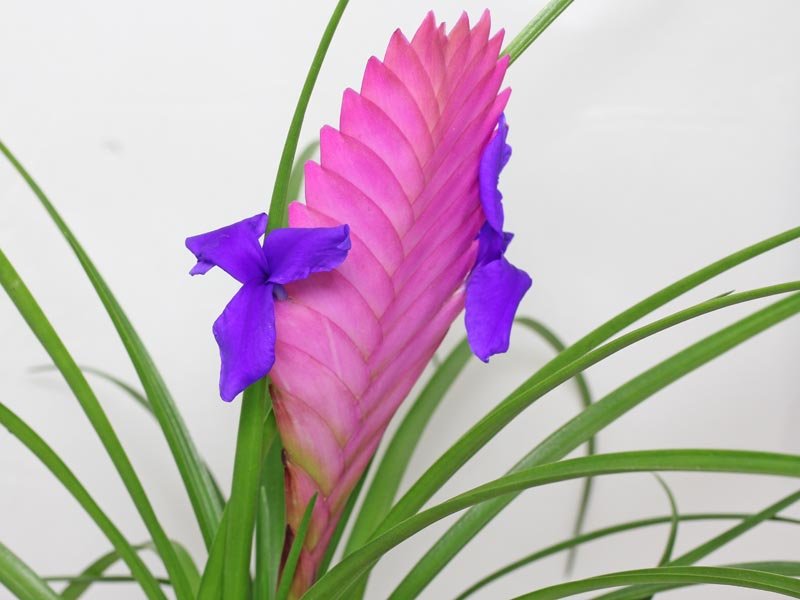
3. Tillandsia Aeranthos Bergeri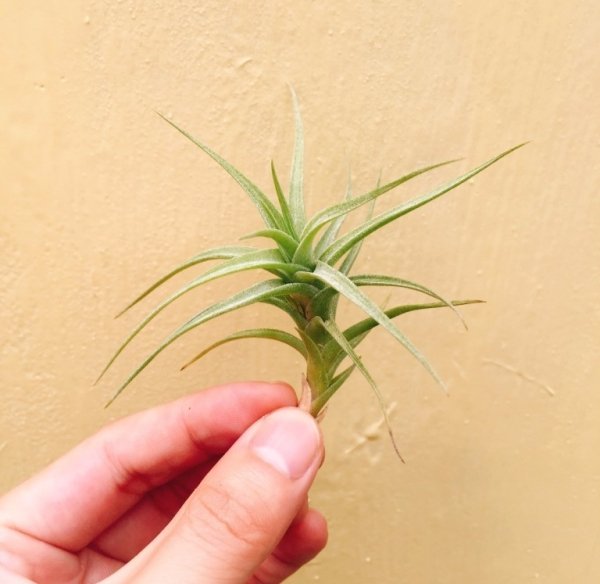
4. Tillandsia Kolbii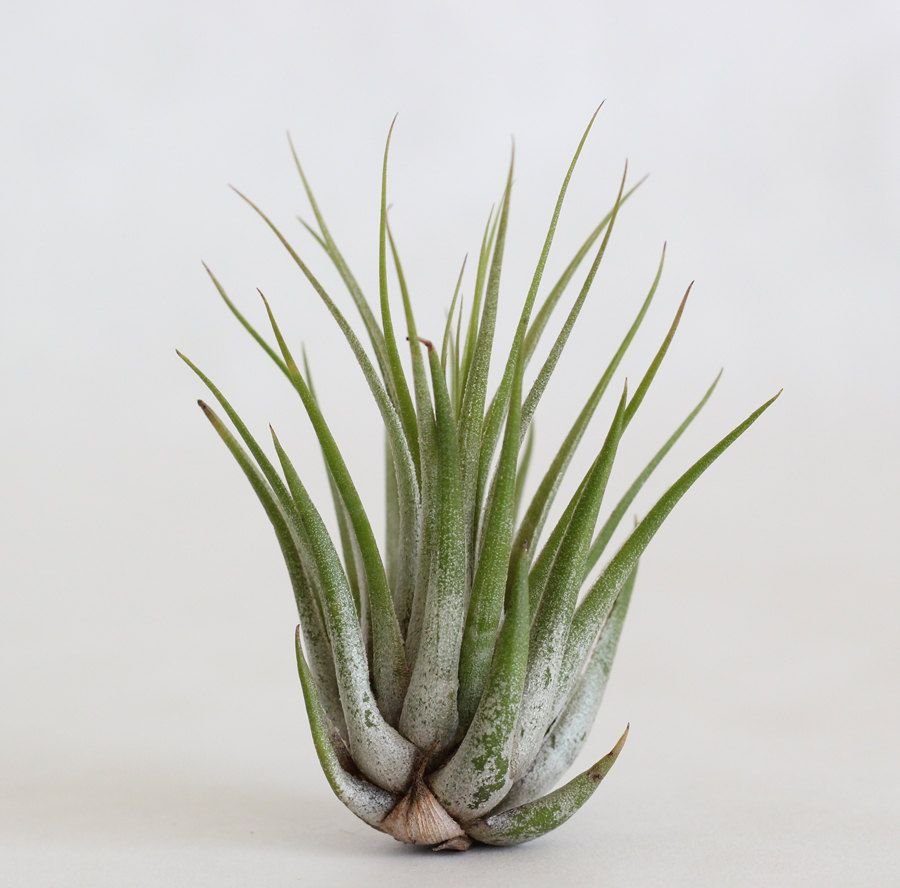
5. Tillandsia Brachycaulos Air Plants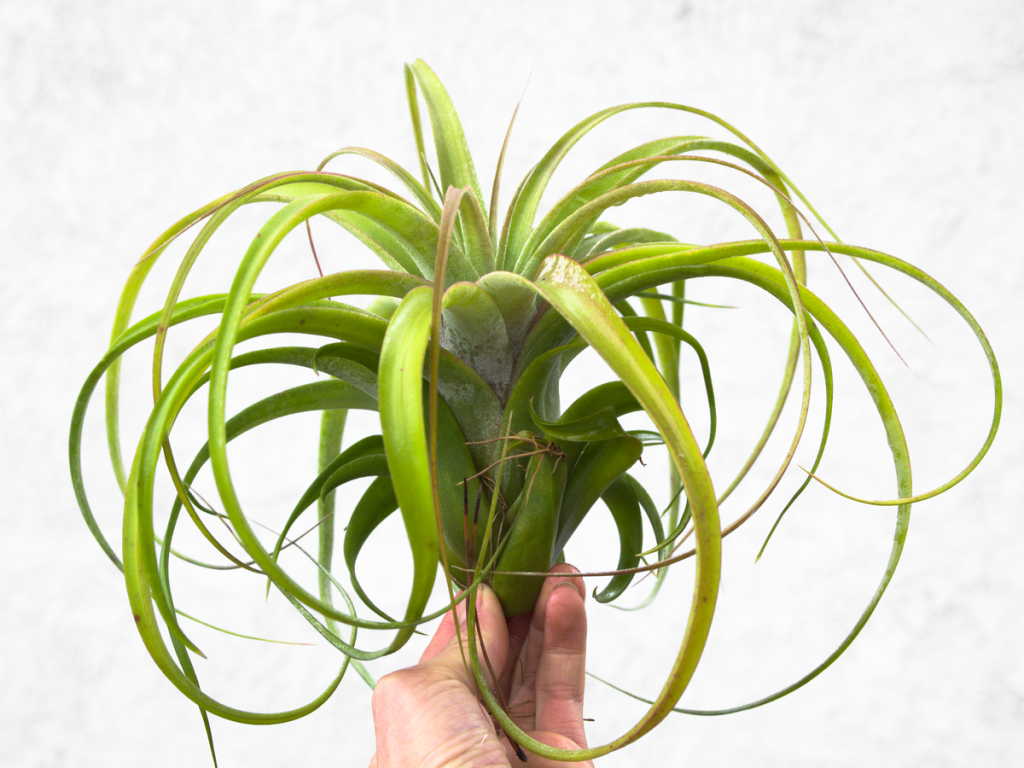
6. Tillandsia Bulbosa Air Plants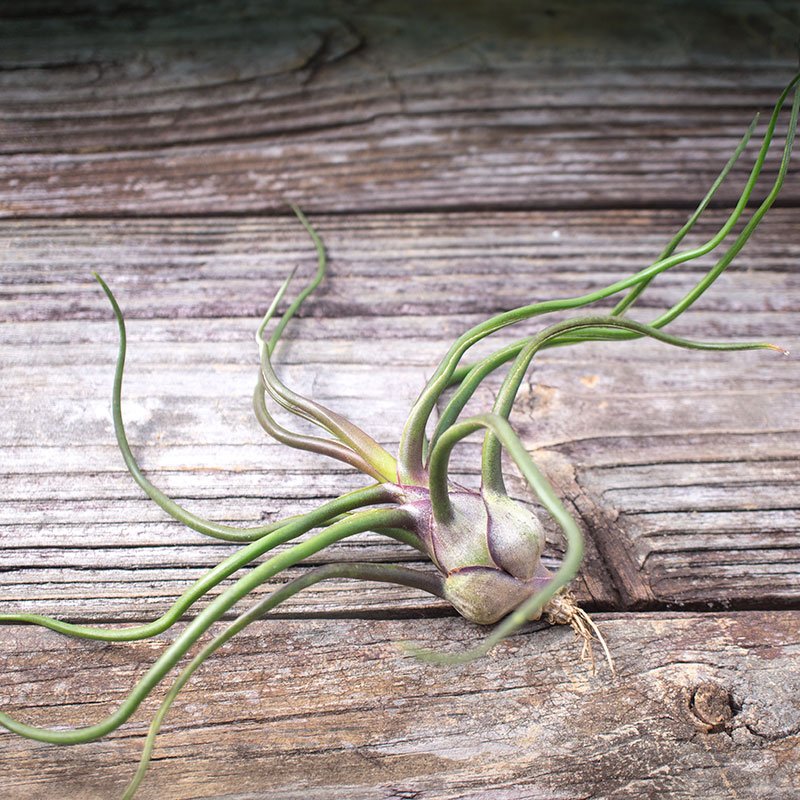
7. Tillandsia Capitata “Peach”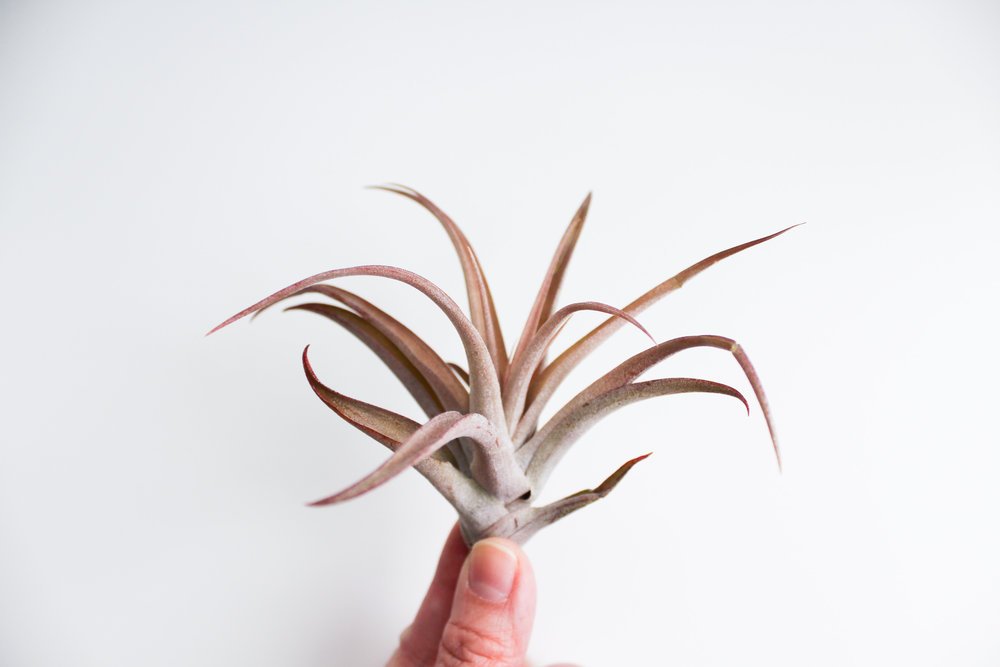
8. Tillandsia Circinata Air Plants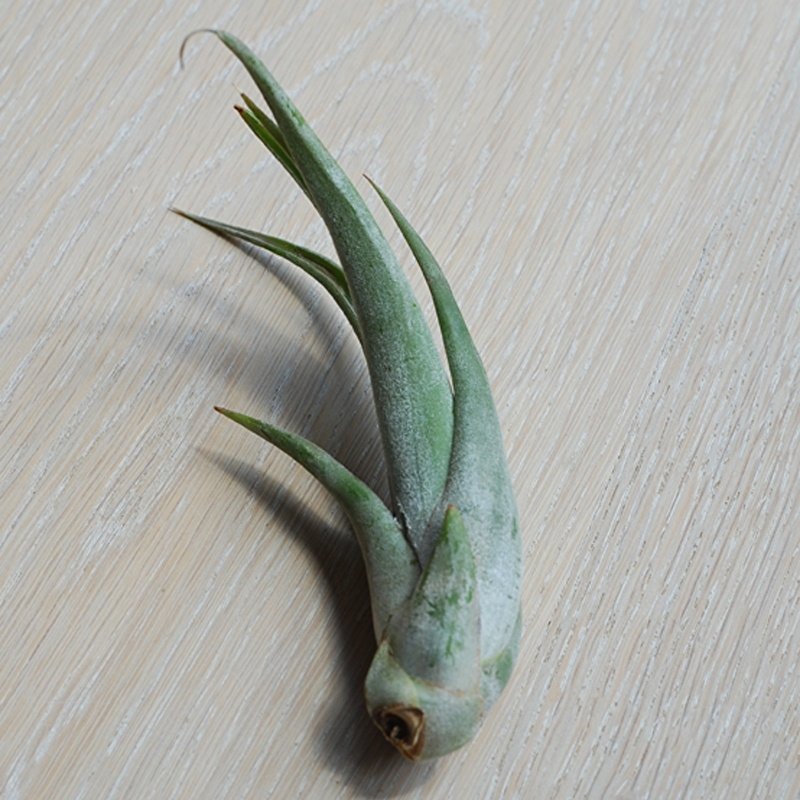
9. Tillandsia “Cotton Candy” Air Plant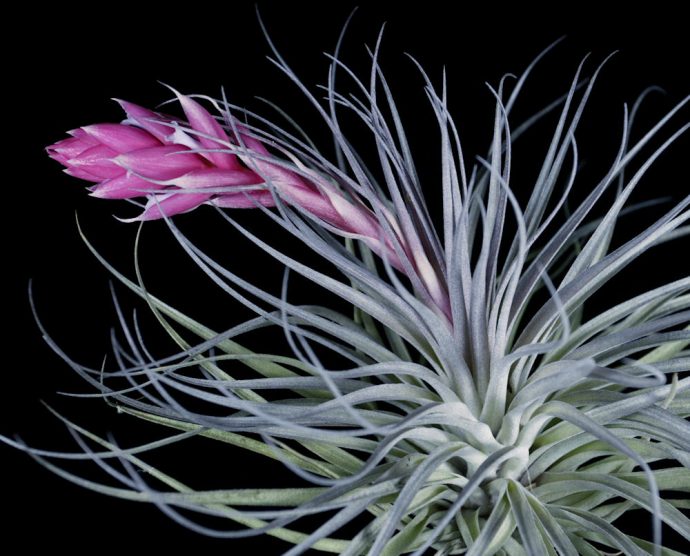
10. Tillandsia Loliacea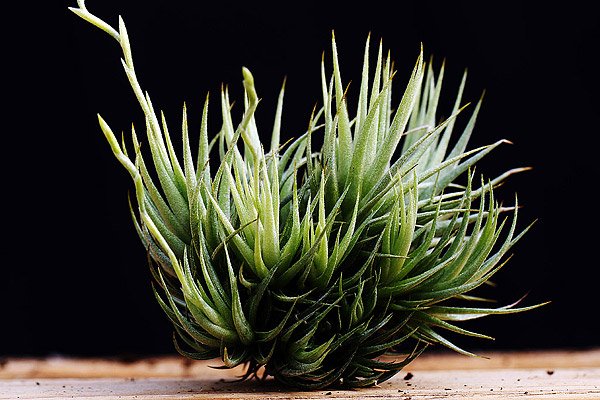
Following are the ways to care and grow your beloved air plants.
Light
Every living thing needs light, including air plants. That implies it’s vital that they should be kept near a satisfactory light source, for the most part inside around 5 feet of a window or counterfeit light source. Direct sunlight however can damage it. Air plants particularly flourish well in kitchen or bathroom, because of the availability of indirect light.
Temperature
As all air plants originate from tropical atmospheres and are never exposed to extreme freezing temperature, it becomes vital to keep them at a comfortable and adequate room temperature. Abstain from putting them near a window or avoid putting them under direct contact with the AC that gets extremely cold.
Watering
Water them once every week for ideal well being. If they are getting dried out, they’ll require continuous watering. To water them, you’ll put them look down in your sink, a bowl or other holder for around 10 to 20 minutes. A while later, delicately shake any overabundance water off the base of your plants – if they sit in water too long, it can decay or other harm that can even kill the plants. In a perfect world, it’s best to water air plants toward the beginning of the day and after that let them stay like that and out of their holder, place them at a spot where they’ll dry inside around four hours.
Plants that have fluffy leaves with white, shiny, padded write coatings show that they are xeric air plants, which originates from a drier, radiant atmosphere, which means precipitation is less incessant. They have articulated trichomes that enable them to gather a great deal of water when it falls and afterward clutch it for use amid drier periods. These plants for the most part don’t require as significantly more and can endure more sun. Mesic normally have smooth, shiny leaves. They originate from zones like cloud woodlands that get a considerable measure of shade and rain, where there is a wealth of water. Their trichomes are less articulated, so they have less security from immediate hot daylight and drying out, which implies they require watering more regularly.
Dealing with the “pups”
As specified, your air plant will have air babies, known as “pups.” It occurs as your plant develops and goes through its blossom cycle. You can tale out the pup when it gets the opportunity to be about one third of the extent of the mother plant – or, you can enable them to hold tight and they’ll in the long run take a shape of a bunch which can even be held like a string and it looks beautiful!
Trimming
Like most plants, your air plant will lose a few leaves and new ones will bloom. You can trim off any dead or darker leaves with scissors. By trimming at an edge, the leaf will have a more regular, appealing appearance.



If I am not wrong, I think I have Tillandsia Aeranthos Bergeri in my garden. Earlier I got it because it looked unique. But I am glad to know that it is an air plant. This has got me interested in learning more about other plants in my garden. I have read that Tillandsias get all the nutrients and moisture they need from the air around them. I think that is pretty amazing! I am going to look into getting more air plants for my garden.
Air plants are quite amazing. I also have one. This plant develop just like another tree and don’t take supplements from their host. One of the best parts about Air plants is that they are easiest to grow as well and does n’t even need your 24/7 attention. You can install these plants easily and the best part is new leaves will bloom out of these plants.
Overall a great read! I must say Air plants are absolutely amazing and the best part is one can maintain them so easily without any hassle. If you are planning to buy an indoor plant, then give them a try at least . They not only look beautiful but are amazing in functional aspect too.
Wow! This is something very new to me because I am not much of a plant enthusiast. I recently started paying attention to different varieties so I am completely new to this field. Your information about air plants is something very new and innovative to me. Can you provide more tips on how to keep them healthy? Thanks for sharing your knowledge with us!